.
Lysippus (c. 370-300 BC) Sculptor from Sicyon, He produced around 1500 sculptures according to Pliny the Elder. Only a few Roman copies survived.:
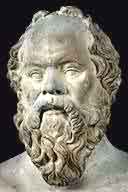

Socrates and Alexander the Great, assumed to be a copy of works of Lysippus (he worked for Alexander the Great)
Lysippus as we have said was a most prolific artist and made more statues than any other sculptor, among them the Man using a Body-scraper which Marcus Agrippa gave to be set up in front of his Warm Baths and of which the emperor Tiberius was remarkably fond. Tiberius, although at the beginning of his principate he kept some control of himself, in this case could not resist the temptation, and had the statue removed to his bedchamber, putting another one in its place at the baths; but the public were so obstinately opposed to this that they raised an outcry at the theatre, shouting 'Give us back the Apoxyomenos'--and the Emperor, although he had fallen quite in love with the statue, had to restore it. Pliny the Elder, Natural History

The Apoxyomenos (Athlete using a body scrapper) various copies. Original Bronze, a marble copy from the Museo Pio Clementino, Vatican Museum.
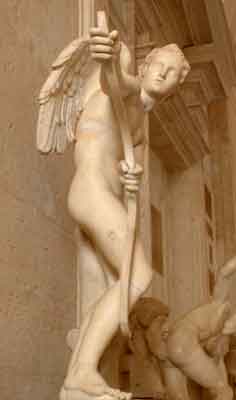
Eros, various copies: Eros che incorda l'arco, Capitoline Museum

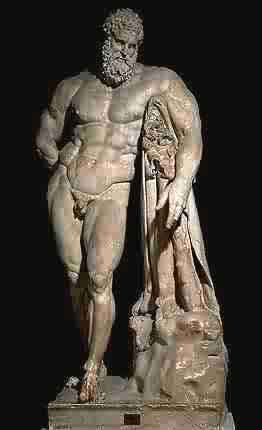
Heracles Farnese, a copy of the resting Hercules of Lysippus, the original in bronze, the copy produced by Glycon of Athens marble, National Archaeological Museum, Naples
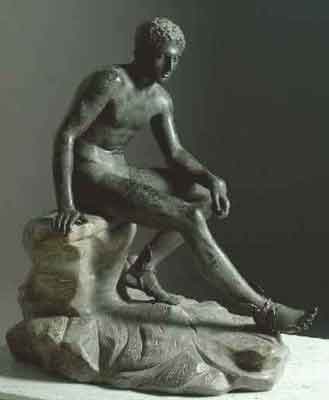
Hermes, National Archaeological Museum , Naples
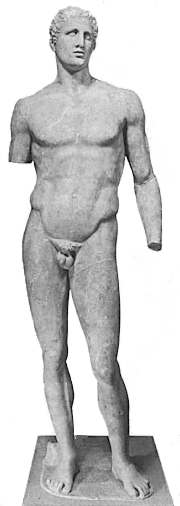
2.09 m statue of the athlete Agias of Pharsalos, a Pancration champion, Part of a large Daochos monument, a marble copy probably of a bronze version of Lysippus, Delphi Greece.

Telemachus, son of Acnonius
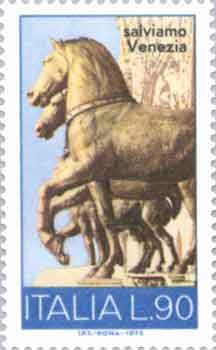
The Horses of San Marco, or Quadriga of Lysippus
The horses of Lysippus which were in the Hippodrome of Constantinople and transported to Venice 1204 by the Crusaders
Lysippus produced 25 horsemen in memory of the companions of Alexander killed in the Battle of Granicus. This work was in Dion but the sculptures were taken by the Romans and were transported to Rome.
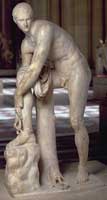
Hermes fastening his sandal, Louvre, Roman copy of a work probably of Lysippus
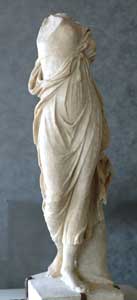
Dancer, inspired by a 4th century BC bronze by Lysippus.

Silenus with the infant Dionysus, Braccio Nuovo Inv. 2292, Roman copy of the middle 2nd century AD after a Greek original by Lysippus

Heracles and the Hydra, Musei Capitolini MC236

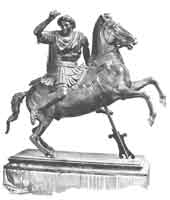
Alexander at Granicus, copy of a work of Lyssipus?
Lysistratus the brother of Lysippus
Students
List of ancient Greek sculptors
Greeks:
A - B - C - D - E - F - G - H - I - J - K - L - M -
N - O - P - Q - R - S - T - U - V - W - X - Y - Z




